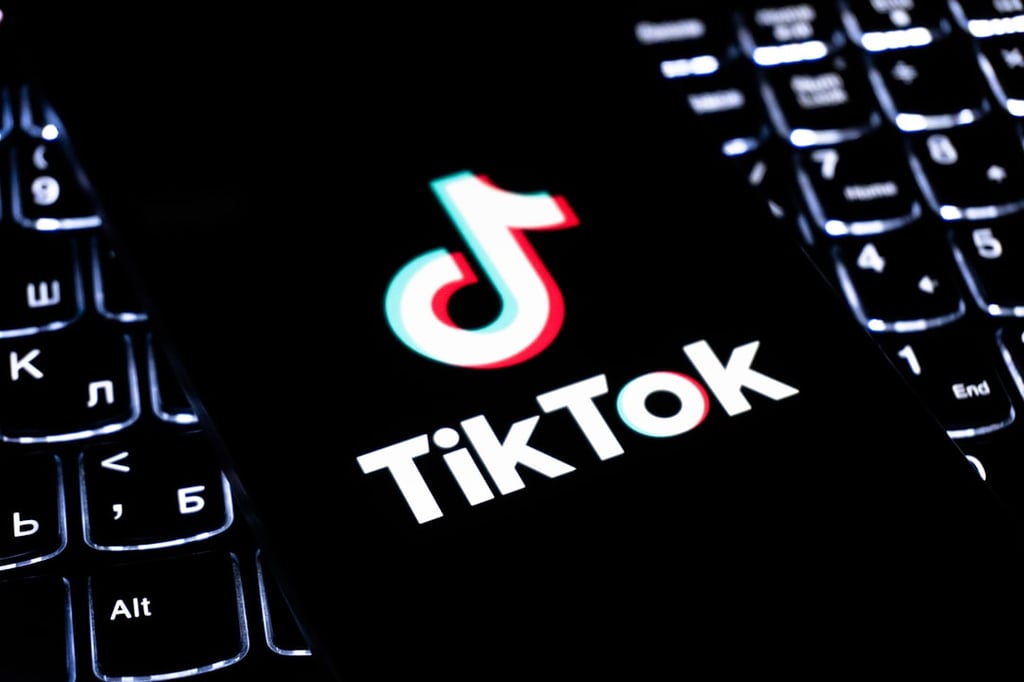Datamation content and product recommendations are
editorially independent. We may make money when you click on links
to our partners.
Learn More
People don’t wear wristwatches like they used to. And the reason is clear: Since everybody’s got a mobile phone, and the phone tells the time, a watch is unnecessary.
But the mobile phone has always been an insatiably greedy platform — it needs more features, more power, more convenience and, above all, more pixels.
Get used to the idea of the big platform companies selling or supporting wristwatches that serve as additional screens for and controllers of the phones in our pockets. I believe that Apple and Google will do so, and a large number of small companies — including Pebble (which shipped it’s long-awaited smart watch today).
Pebble is a great example of the coming wristwatch revolution. It connects via Bluetooth to either an iPhone or an Android phone. You install apps on the watch through your phone. It has a high-contrast, sunlight-readable eInk display.
Pebble is cool, but it’s just the beginning.
Five strong trends are all converging to make smartphone wristwatches a near certainty. Here are those trends:
1. The Multi-Screen Functionality Trend
Until very recently, every device we used had its own screen. And the screen on one device wasn’t connected to apps displayed on another screen, for the most part.
But now, thanks to Apple’s AirPlay Mirroring, Microsoft’s SmartGlass, Nintendo Wii U and other products, people will get increasingly familiar with the idea that two devices work together as one.
With these “living room” technologies, your smartphone can be a controller or provide additional contextual information for whatever’s happening on your TV.
This is how the new wristwatches will work. Your watch will show you incoming texts, emails and Caller ID information, as well as other data fed by apps running on the phone. You’ll be able to control what happens to some degree on the phone by interfacing with the watch.
2. The Wearable Computing Trend
Nerdy geeks like me (and possibly you) are looking forward to becoming cyborgs when we wear Google’s Glass gadget.
Google’s Project Glass involves the development of eyewear that beams visual information into one eye. It has a camera, and other sensors, and it enables the wearer to get contextual information, communicate and take pictures and videos without the fondling of a phone.
Google Glass hardware is interesting. But the secret sauce of Google Glass would work equally well on a wristwatch — voice commands, augmented reality information and so on.
It’s very unlikely that Google Glass will ever become a widespread, mainstream device and for several reasons.
First, it’s got a camera on it. Humans don’t like cameras being pointed at them all the time. If you don’t believe me, go ahead and point your smartphone or digital camera at someone the entire time you’re speaking to them. Second, single-eye display technology bothers some people like 3D does. Third, eyewear is fashion and people aren’t going to turn to Google for fashion.
Eyewear-based wearable computing will be huge, but among geeks and specific professionals. The general public, including white collar workers, will never go for it en masse. But they will wear wristwatches.
3. The Voice Interaction Trend
Apple’s Siri, Google’s Voice Search, Nuance Dragon NaturallySpeaking and other products are training the human race to interface with computers and phones by talking — just like on Star Trek.
Products like Wolfram Alpha, Google Knowledge Graph and to a certain extent Facebook’s Graph Search, are moving us toward a world in which queries are answered not with possible options, but with specific answers. Ask a question, get an answer.
When you tell Siri to reschedule your lunch meeting or when you ask Google Voice Search who’s playing in the Super Bowl, you don’t need to type and you don’t need to read. You talk, then listen.
And if you can do that with a phone, you can do it through your wristwatch without taking your phone out. Tap the watch, talk and hear the reply.
4. The Flexible ePaper Trend
It’s true that smart watches have been around for years. But they tend to be gigantic and suffer from limited battery life. Recent advances in flexible eInk will enable much thinner smart watches that use less battery power.
One recent project on Kickstarter is called the CST-01. It’s not a smartphone-connected smart watch, but it’s interesting for other reasons.
The CST-01 will be the thinnest wristwatch in the world, according to its developers. It uses a similar screen technology as Amazon’s lower-end Kindle eBook readers. Because the screen is eInk, it’s super readable in direct sunlight. And it’s also flexible, enabling the display to wrap around the wrist.
The developers claim the watch will function for a month between recharging, even though it’s got a much bigger screen than most smart watches are likely to have.
Flexible eInk technology will enable even the most full-featured smart watches be thin and light.
5. The Bluetooth 4.0 Era
The newish Bluetooth 4.0 radically decreases the amount of power a connected device needs. A special “low power mode” completely changes how something like a smartphone-connected wristwatch can function.
Unlike past wristwatches, which both consumed massive power and also needed to be turned on in order to interoperate, a new generation of Bluetooth 4.0-controlled watches can go into a super low-power mode for weeks if necessary, then wake up to display information coming from the phone.
The combination of low-power eInk screens and the low power mode of Bluetooth 4.0 — and the fact that all the heavy processing is happening either on the smartphone or the remote servers that the smartphone is connected to — means that connected wristwatches can work for much longer between charges.
Make no mistake about it. Smartphone-connected wristwatches are going mainstream, and will be supported by mainstream companies like Apple and Google.
If you asked me, I’d say it’s about time.
-
Huawei’s AI Update: Things Are Moving Faster Than We Think
FEATURE | By Rob Enderle,
December 04, 2020
-
Keeping Machine Learning Algorithms Honest in the ‘Ethics-First’ Era
ARTIFICIAL INTELLIGENCE | By Guest Author,
November 18, 2020
-
Key Trends in Chatbots and RPA
FEATURE | By Guest Author,
November 10, 2020
-
Top 10 AIOps Companies
FEATURE | By Samuel Greengard,
November 05, 2020
-
What is Text Analysis?
ARTIFICIAL INTELLIGENCE | By Guest Author,
November 02, 2020
-
How Intel’s Work With Autonomous Cars Could Redefine General Purpose AI
ARTIFICIAL INTELLIGENCE | By Rob Enderle,
October 29, 2020
-
Dell Technologies World: Weaving Together Human And Machine Interaction For AI And Robotics
ARTIFICIAL INTELLIGENCE | By Rob Enderle,
October 23, 2020
-
The Super Moderator, or How IBM Project Debater Could Save Social Media
FEATURE | By Rob Enderle,
October 16, 2020
-
Top 10 Chatbot Platforms
FEATURE | By Cynthia Harvey,
October 07, 2020
-
Finding a Career Path in AI
ARTIFICIAL INTELLIGENCE | By Guest Author,
October 05, 2020
-
CIOs Discuss the Promise of AI and Data Science
FEATURE | By Guest Author,
September 25, 2020
-
Microsoft Is Building An AI Product That Could Predict The Future
FEATURE | By Rob Enderle,
September 25, 2020
-
Top 10 Machine Learning Companies 2020
FEATURE | By Cynthia Harvey,
September 22, 2020
-
NVIDIA and ARM: Massively Changing The AI Landscape
ARTIFICIAL INTELLIGENCE | By Rob Enderle,
September 18, 2020
-
Continuous Intelligence: Expert Discussion [Video and Podcast]
ARTIFICIAL INTELLIGENCE | By James Maguire,
September 14, 2020
-
Artificial Intelligence: Governance and Ethics [Video]
ARTIFICIAL INTELLIGENCE | By James Maguire,
September 13, 2020
-
IBM Watson At The US Open: Showcasing The Power Of A Mature Enterprise-Class AI
FEATURE | By Rob Enderle,
September 11, 2020
-
Artificial Intelligence: Perception vs. Reality
FEATURE | By James Maguire,
September 09, 2020
-
Anticipating The Coming Wave Of AI Enhanced PCs
FEATURE | By Rob Enderle,
September 05, 2020
-
The Critical Nature Of IBM’s NLP (Natural Language Processing) Effort
ARTIFICIAL INTELLIGENCE | By Rob Enderle,
August 14, 2020
SEE ALL
ARTICLES







